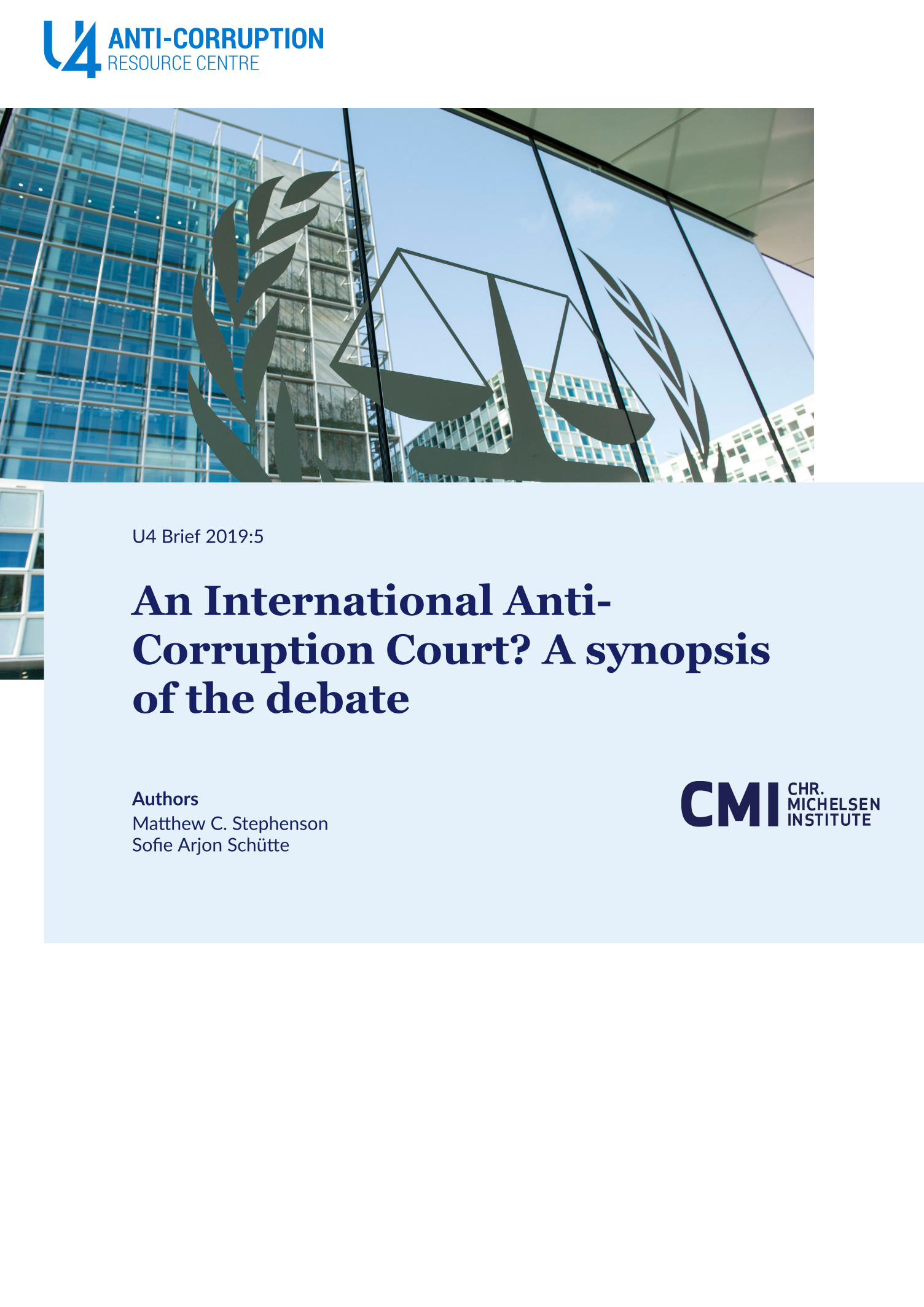Video
International Anti-Corruption Court: An Idea Whose Time Has Come?
A panel discussion on the international anti-corruption court. Hosted by Anti-Corruption Law Program.
Main points
- In many countries, corrupt elites have de facto impunity from prosecution because the justice systems in those countries are unwilling or unable to hold powerful senior figures and their associates criminally accountable. One proposed remedy is the creation of an International Anti-Corruption Court (IACC), similar to the International Criminal Court (ICC).
- An IACC might help address grand corruption by strengthening deterrence, by motivating countries to improve their domestic justice systems (so as to avoid falling under the IACC’s jurisdiction), and by communicating international disapproval of grand corruption.
- However, there are obstacles to the IACC project. Leaders who enjoy de facto impunity for grand corruption in domestic courts may be unwilling to submit their countries to the jurisdiction of an IACC, and methods to compel countries to join such a court may be ineffective or counterproductive. An IACC might not be able to effectively prosecute grand corruption due to the prosecutors’ limited toolkit and the likely non-cooperation of the countries whose leaders are under investigation.
- There are also questions about cost-effectiveness. Operation of the court might cost hundreds of millions of dollars per year, money that could be used to strengthen other efforts to reduce grand corruption and impunity.
- Whatever one thinks of the specific proposal, the international community should continue to pursue efforts to address the impunity problem. A number of approaches are already underway, and others have been proposed. Some combination of these measures might provide either an effective alternative or a complement to the IACC project.
